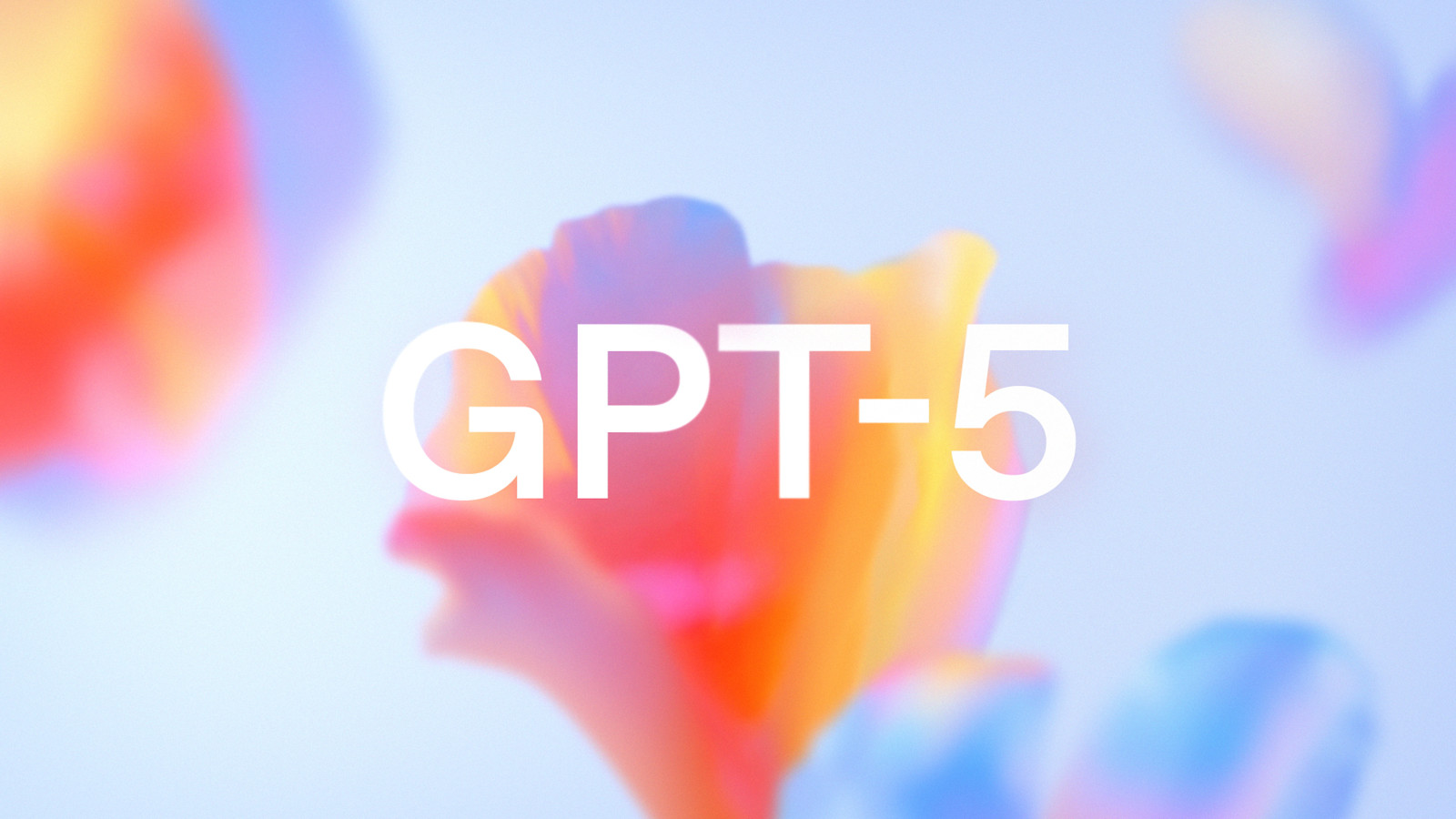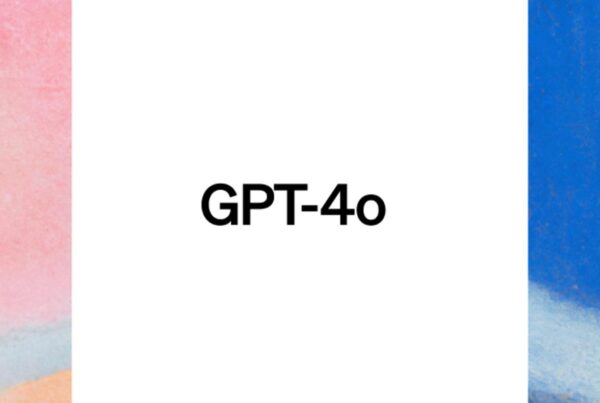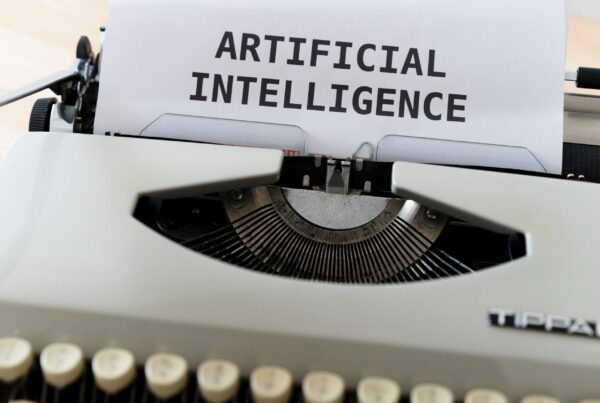The official release of GPT-5 by OpenAI on August 7, 2025, has become a major highlight in the tech world. This latest model arrives with significant improvements, from enhanced reasoning abilities and reduced hallucination rates to a “dynamic router” system that automatically chooses between quick responses or deep reasoning. Amid the excitement, the global AI landscape is also marked by ethical concerns, regulatory competition, and legal challenges that will shape the future of this technology.
GPT-5 Launch and Key Features
OpenAI designed GPT-5 to cater to the general public, not just the technical community. It includes “safe completions” to make answers more secure in sensitive situations, direct integration with services such as Gmail and Google Calendar, and personality customization options. In benchmark testing, GPT-5 scored high in coding and healthcare tasks, outperforming previous models such as GPT-4.1 and GPT-4o.
It is available in several variants: Standard for general use, Mini for efficiency, Nano for speed, and Pro with higher capacity. This variety makes GPT-5 relevant for all types of users, from students to professionals.
Ethical Issues: The “Deathbot” and Privacy
Meanwhile, the AI world is stirred by the rise of “digital resurrection” or “deathbots” — AI avatars of deceased individuals. This phenomenon, booming in China, has become a multi-billion-dollar industry. While it can provide emotional comfort to some, it has sparked sharp criticism over privacy, the grieving process, and potential exploitation of personal memories. This ethical debate highlights that AI’s technological advances cannot be separated from moral challenges.
Lawsuits and Financial Risks for the AI Industry
The AI industry also faces serious threats from copyright lawsuits. A massive class-action case against Anthropic involving up to seven million plaintiffs could cost billions of dollars. Industry leaders warn that if the lawsuit is successful, many AI companies could face severe financial crises. This issue is fueling a global debate over the boundaries of data and copyrighted materials used in AI model training.
International Regulatory Tensions
On the geopolitical stage, AI regulation is becoming a battleground between major powers. The US, through White House tech adviser Michael Kratsios, is urging Asian nations to reject the strict EU-style regulations. In contrast, China is proposing the creation of a global AI regulatory body to prevent the technology from being dominated by a few powerful nations or corporations. These differing approaches show that AI competition is not only technological but also strategic and ideological.
Impact on the Creative Economy
The creative sector, including animation and media, is increasingly worried about generative AI’s effect on human jobs. International animation workers’ unions are planning protests at the Annecy festival, while media leaders in Australia criticize proposals for copyright exemptions in AI training. Concerns center on the risk of job loss and the devaluation of human-made work amid the flood of machine-generated content.
Organizational Culture Challenges in AI Institutions
Even prestigious institutions such as the Alan Turing Institute in the UK are not immune to problems. Staff have filed complaints with the Charity Commission regarding a workplace culture they describe as fearful, exclusionary, and defensive. Major restructuring threatening 10% of the workforce has sparked questions about balancing research ambitions with employee well-being.









